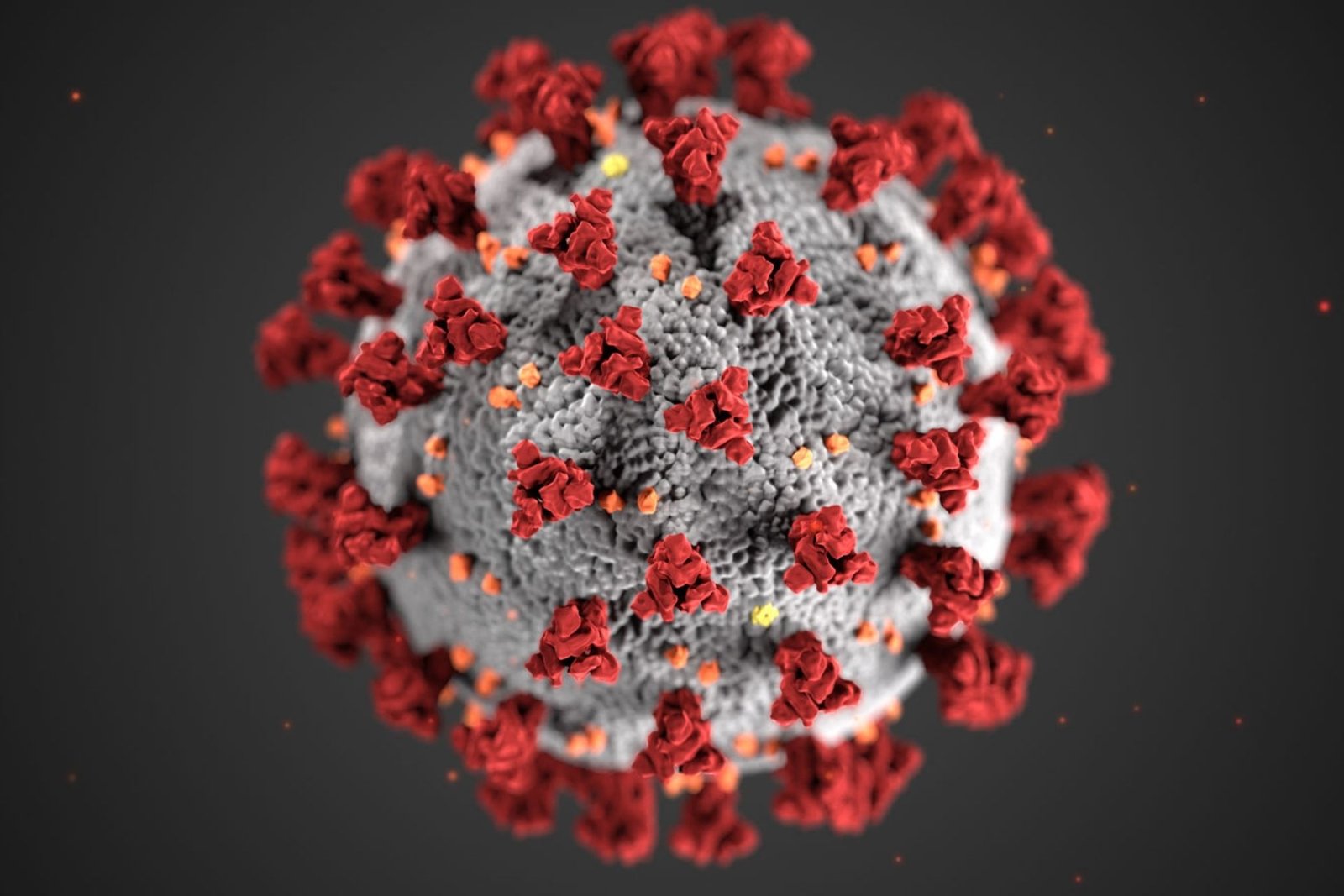Because they are usually based on real data or statistics, these reports can be intimidating. Many of the raw numbers presented are correct, albeit incomplete.People, including Clive Palmer, who said this week that vaccines don’t work and Craig Kelly, who spread vaccine misinformation via text message, should question whether they have understood the context, properly analysed the data, and correctly interpreted the results.
What constitutes ‘vaccination’?A lot depends on how data providers define “vaccinated” when comparing studies or statistics.Some vaccines are administered in a single dose, while others are administered in two doses.
Most jurisdictions define “fully vaccinated” as two weeks after the last required dose, but some social media posts, such as this one, include anyone who has received any dose. In the interim period, some jurisdictions track patients, while others lump them in with the partially vaccinated.
We must also compare patients who have received different vaccines or vaccine doses that have been mixed. We will soon have to track down those who have received booster shots. To make matters even more complicated, not all jurisdictions publish the necessary level of detail. Fortunately, we have some good data at our disposal: New South Wales is on track to become one of the most highly vaccinated jurisdictions in the world and has published very detailed data with comparisons between vaccinated and unvaccinated cases that show vaccination is highly effective.
Concentrating on an absolute number—how far it is from zero, regardless of its relative value in the real world—can be deceptive.

Assume that 95 percent of NSW’s total population of approximately 8,000,000 people was fully vaccinated. That equates to 7.6 million people. Assume that 0.05 percent of fully vaccinated people required hospitalization for COVID. That is just under 4,000 people.
Assume that 1% of the remaining 400,000 unvaccinated people were hospitalized with COVID. That equates to 4,000 people.
As a result, the absolute number of hospitalized vaccinated people would be comparable to the number of hospitalized unvaccinated people. However, less than 0.05 percent of fully vaccinated people are hospitalized, compared to 1 percent of unvaccinated people—a 20-fold increase! The same scenario could be used to calculate the absolute number of COVID deaths.
Another way to explain this is through Simpon’s paradox: when a large proportion of the population is vaccinated, it is very likely that a greater absolute number of cases will be vaccinated rather than unvaccinated. To compare effects, one must instead look at the rates of COVID cases and deaths.COVID affects not everyone in the same way.
COVID hospitalization and death rates are heavily influenced by gender, pre-existing health conditions such as metabolic syndrome, and age. As a result, men are more likely to die than women, and the same is true for the elderly and those with other health issues. Moreover, almost all countries vaccinated the most vulnerable populations first.
Some, such as the elderly, already had higher death rates. Given that the first vaccinated are the most likely to die, we may see more deaths in the first vaccinated group. The vaccine would have reduced the number of deaths, but at-risk individuals were always more likely to die.To truly determine the effect of the vaccine, rates must be compared across matched levels of risk, particularly age.
A very good analysis matches different levels of age risk on Israeli data and shows that, despite the fact that the absolute number of vaccinated hospitalized cases was greater than the unvaccinated hospitalized cases, the Pfizer vaccine still demonstrated good effectiveness against severe disease.
The two charts below, created using figures from Our World in Data, show the number of cases, deaths, and vaccinations for Israel and the United Kingdom over the course of the pandemic. Both had three waves, with the third occurring after vaccinations began. Despite high case numbers, both showed significantly fewer deaths in the third wave (for Israel, the highest of the three waves).
Some posts, such as this one, claim to show “vaccine-caused mortality,” but fail to account for the population’s uneven risk. Unvaccinated people have higher rates in all other age groups (which are conveniently omitted from the chart), and, more importantly, the data report states: In the 10–59 age range, the vaccinated population will be older on average than the unvaccinated population… Because mortality rates for older people are higher, the vaccinated population will have a higher mortality rate than the unvaccinated population.
Trying to make sense of all the numbers are aware that there are “lies, damned lies, and statistics.” Nonetheless, some bogus social media claims are based on real numbers.So the question isn’t whether you should believe the statistics. Which statistics, on the other hand, should you believe?

The best advice is to take a step back and consider the big picture. When this pandemic is over, there may be a day when there is only one COVID patient in a hospital. If that patient was vaccinated, would we conclude that all hospitalized patients are vaccinated and, as a result, the vaccines are ineffective?
To see things more clearly, we need to look at the numbers over the entire course of the pandemic, or even over a single wave of infection. A single set of numbers does not provide a complete picture.
_____
Covid | Don’t forget to follow us on Twitter @njtimesofficial. To get the latest updates









